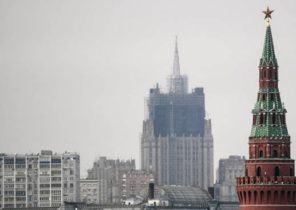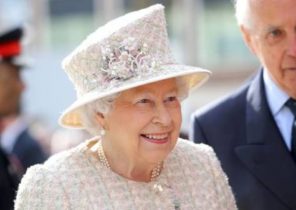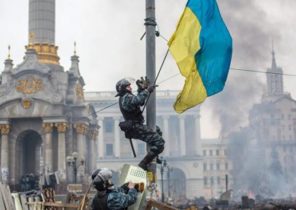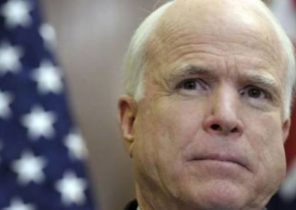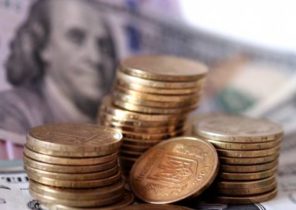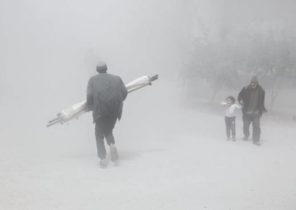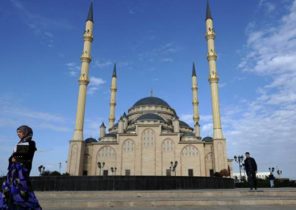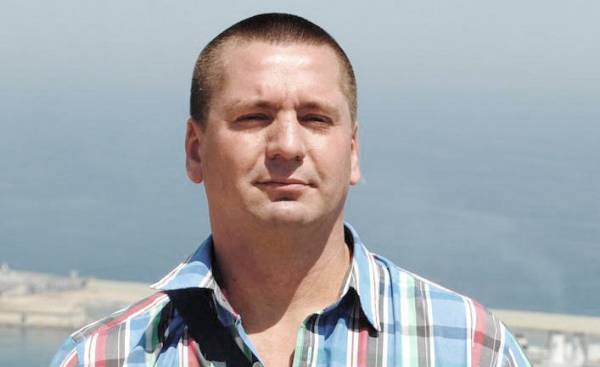
Stockholm Institute for peace studies (SIPRI) released its latest report on the arms trade, and in Abu Dhabi opened an exhibition of arms and military equipment IDEX-2017. Numbers many, and they are all interesting, from weapons manufacturers to politicians and journalists.
SIPRI reports that “the volume of international transfers of major conventional weapons in 2012-2016 grew by 8.4% compared to the 2007-2011 years. It is noteworthy that the volume of deliveries in 2012-2016 reached the highest figures compared to all the previous five-year periods since the end of the cold war.” With regard to the Middle East, low oil prices did not affect the procurement of arms: “in 2012-2016 arms imports by States in the Middle East compared to the 2007-2011 years increased by 86% and amounted to 29% of total world imports. In 2012-2016 Saudi Arabia was the second largest importer of weapons in the world, increasing the volume of imports by 212% compared to the 2007-2011 years. Arms imports by Qatar grew by 245%. Most of the other States in the region also increased its import of arms”.
According to IHS, Markit, in 2016 global defense spending amounted to 1.57 trillion dollars.
Since October of last year the US State Department has approved 14 deals in arms sales to the middle East for a total amount of 42.1 billion dollars. The most expensive purchases are aircraft F/A-18 in Kuwait and F-15QA in Qatar, but also the price impact of the transaction on helicopters AH-64E Apache with the UAE and CH-47F Chinook with Saudi Arabia. While Saudi Arabia buys about half of its weapons in the U.S., then in Britain and Spain. UK exports nearly half of its weapons to Saudi Arabia.
The main reason for the increase of arms purchases in the Gulf, the events in Syria and Iraq, the war in Yemen and the confrontation with Iran. In addition to purchasing new weapons contracts to the service already previously purchased equipment and the supply of ammunition, which Saudi Arabia and the UAE is actively spending in Yemen.
Gulf countries participate in the naval blockade of Yemen, and their ships are under attack of the Houthis. Modernization of fleets is becoming an important factor. Qatar has purchased Italian ships at four billion Euro, Oman received from Australia, two high speed support vessel HSSV (High Speed Support Vessels), Kuwait — are likely to turn to France, Saudi Arabia to Spain.
Be new region. Experts believe that the Gulf countries will begin to acquire unmanned underwater drones to protect marine and coastal sites that will cost much less than the content of conventional submarines.
Another promising area is the system of C4ISR (command, control, communications, computer systems, intelligence, surveillance and reconnaissance). Especially to guard the borders. Saudi Arabia may soon get American balloons, stuffed with sensors and spend half a billion dollars.
Gulf countries will pay more attention to internal and cybersecurity, especially after the cyber attacks on Saudi Aramco in 2012.
China is increasingly seen as an alternative arms supplier. USA long time did not put attack drones to Gulf States, fearing that the technology will get “into the wrong hands” or be used in violation of human rights. In the end, according to some, the UAE and Saudi Arabia use without unnecessary political problems of the Chinese attack drones, and the same Bahrain buys in China jet systems of volley fire Norinco SR5.
Given the situation with oil prices, the Gulf countries are all serious about creating its own military-industrial complex.
In the UAE in 2014 were created holding company Emirates Defence Industries Company (EDIC), which is fully earned in the past year. UAE export their own military equipment to Oman, Kuwait and Algeria. The country is developing its own drones, including drums.
Saudi Arabia is planning by 2030, increase domestic purchases of own arms of up to 48% instead of the current 2%. The Saudis, together with a company from South Africa opened the plant for the production of ammunition and in terms of production on the territory of their country anti-tank missiles, radar systems, transport aircraft An-132D (together with Ukraine), satellites and even the construction of its military shipyard (together with Spain).
It should be noted that falling oil prices slightly affected the military budgets of the Gulf countries. Even where they have been cut, funding continued through other channels. According to forecasts by IHS, Markit, the latest by 2019, the budget will return to pre-crisis level. It is expected that the oil price will gradually rise, and the situation in the region improves. The first will allow, and the second will force the Gulf States to continue to arm themselves, they will seek to diversify suppliers. The most likely players in this field — such countries as Russia, China, Turkey, South Africa.
Back to the ongoing exhibition of arms and military equipment IDEX-2017. The head of Rostec Sergey Chemezov said that the agreement, under which Russia and the UAE next year will begin the long work on the creation of fifth generation fighter based on the MiG-29, and the UAE showed interest in buying Russian su-35. In addition to Abu Dhabi, it became known that rostec has signed an agreement to sell 12% shares of the holding company “Helicopters of Russia” consortium of the Russian direct investment Fund (RDIF) and an unnamed Arab investors (in March the purchase of shares interested in the Fund Mubadala from the UAE). The first phase of the transaction involves the sale of 12% shares and investments in the amount of $ 300 million, potentially, investment could be increased to $ 600 million. We are also working on agreements on military-technical cooperation of Russia with Qatar and Saudi Arabia.
